
Japan's first field test of "smart posters" using Near Field Communication (NFC) -- a short-range high-frequency wireless communication technology that lets users view digital content simply by holding their compatible cellphones near the posters -- is being conducted at a Chiba-area shopping mall, it was announced on September 2.
Major phone operator SoftBank Mobile, along with NTT Data, Hitachi and Dutch smart chip maker Gemalto, are testing the technology with WALL-E and Tinker Bell movie posters embedded with NFC tags.
Throughout October, selected test participants will be able to receive and view digital content such as movie stills and trailers simply by holding their NFC-compatible phones (containing NFC-USIM cards) next to the smart posters. Along with the digital content, users also receive an access code that, when transferred to a compatible Hitachi HDTV at home, allows them to view a WALL-E trailer in high definition (via Hitachi's content distribution service).
The tests, which are designed to help the companies evaluate the effectiveness and potential of NFC smart posters as a promotional medium, could be a sign of things to come in the field of poster advertising. Should NFC smart posters become cheap and easy to produce, they have the potential to replace the ubiquitous QR (2D) code that commonly appears in Japanese advertising posters. NFC is seen as more convenient than QR code because the user does not have to scan a code and visit a separate website to view the data. Instead, digital content can be accessed directly with a simple swipe of the phone.
[Source: Nikkei Net, NTT Data]

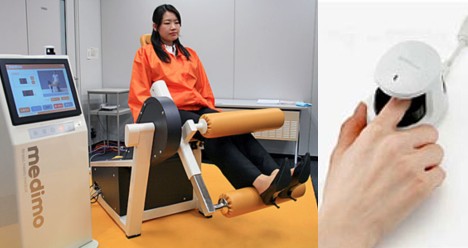
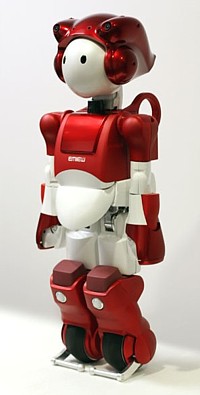 Hitachi has unveiled an office worker robot named "EMIEW 2," which is a lighter, more compact and more sophisticated version of Hitachi's 1st-generation EMIEW (Excellent Mobility and Interactive Existence as Workmate) robot developed in March 2005. The robot was demonstrated on November 21 at the company's
Hitachi has unveiled an office worker robot named "EMIEW 2," which is a lighter, more compact and more sophisticated version of Hitachi's 1st-generation EMIEW (Excellent Mobility and Interactive Existence as Workmate) robot developed in March 2005. The robot was demonstrated on November 21 at the company's 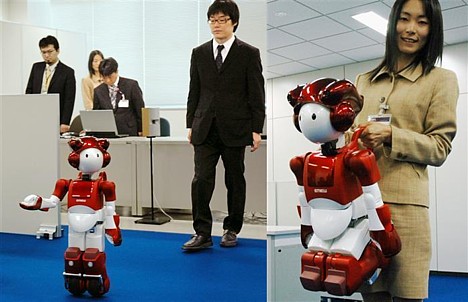
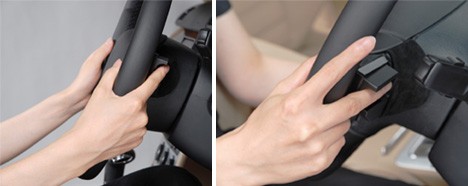
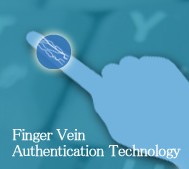 On July 24, Hitachi announced the development of a biometric cardless credit payment system, called "finger vein money," which allows shoppers to pay for purchases using only their fingertips. The company plans to begin field testing the finger vein money in September.
On July 24, Hitachi announced the development of a biometric cardless credit payment system, called "finger vein money," which allows shoppers to pay for purchases using only their fingertips. The company plans to begin field testing the finger vein money in September.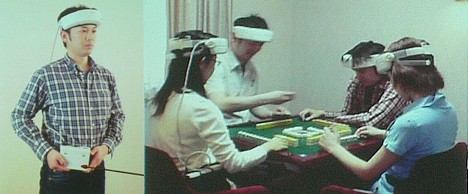
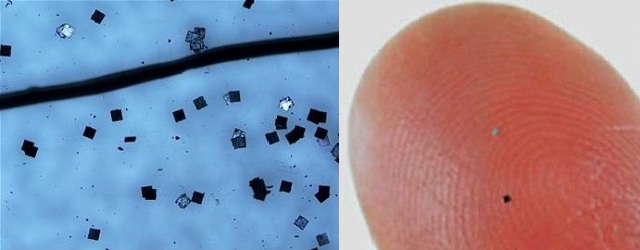
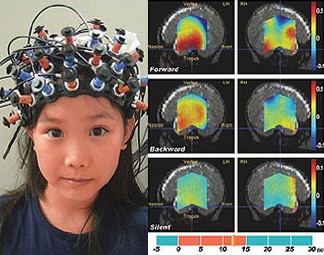 Hitachi has successfully tested a brain-machine interface that allows users to turn power switches on and off with their mind. Relying on
Hitachi has successfully tested a brain-machine interface that allows users to turn power switches on and off with their mind. Relying on  As long as robotic bellhops are one day destined to carry our luggage and show us to our hotel rooms, we might as well provide them with the agility to wiggle safely through crowds of people. That's the thinking of Hitachi's robotic engineers, who have been working with researchers from Tsukuba University to upgrade their EMIEW (Excellent Mobility and Interactive Existence as Workmate) robot's crowd navigation abilities.
As long as robotic bellhops are one day destined to carry our luggage and show us to our hotel rooms, we might as well provide them with the agility to wiggle safely through crowds of people. That's the thinking of Hitachi's robotic engineers, who have been working with researchers from Tsukuba University to upgrade their EMIEW (Excellent Mobility and Interactive Existence as Workmate) robot's crowd navigation abilities.